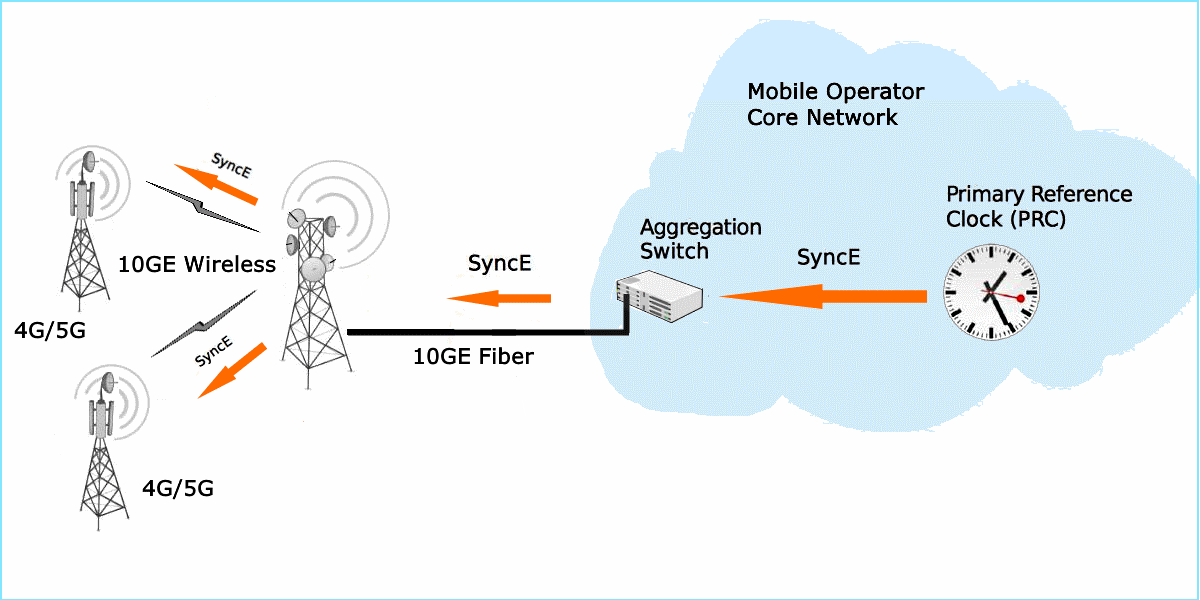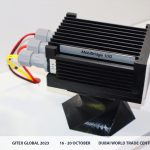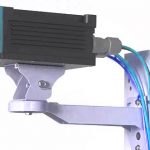Synchronous Ethernet (SyncE) feature in millimeter wave links allows mobile operators to connect LTE and 5G base stations over the radio using this type of synchronization in their networks. Implementation of SyncE in ELVA-1 10-gigabit PPC-10G radios expands the possibilities for using PPC-10G to synchronize base stations within mobile network worldwide.
Synchronization is a key factor for the functioning of communication systems, and it is especially critical for LTE and 5G standards. The transmission of massive multimedia traffic, such as digitized voice and video, requires minimal transmission delays. In turn, for minimal data buffering in each node of the mobile communication network, it is necessary that these nodes are tightly synchronized with a reference master oscillator.
Today there are four of the most common base station synchronization options:
1. Via the GPS module as part of the base station.
2. From the operator’s core TDM network.
3. Using the IEEE 1588v2 packet network (implemented in the PPC-10G since 2017).
4. Using the SyncE packet network (implemented in the PPC-10G since Sept. 2019).
In recent years, mobile operators have relied on satellite-based synchronization of base stations as the most time-tested working solution. Moreover, for base stations operating via the radio channel “in countryside”, i.e. out of fiber connectivity to core TDM network, synchronization was almost always carried out through the GPS module. However, a significant increase in the total number of base stations connected via the radio channel, and location in places of poor GPS signal, required the use of alternative synchronization methods (like options #3 and #4).
Earlier, the synchronization functionality available in the PPC-10G radios by IEEE 1588v2 did not fully satisfy mobile operators. The fact is that according to the IEEE 1588v2 standard, the transmission of frequency and phase information is implemented at the software level. This means the quality of synchronization could be unstable and it depends on the real-time network load.
Synchronous Ethernet (SyncE) solves the problem of transmitting synchronization signals in a packet network at the physical level, and does so with high accuracy. A network based on PPC-10G with the SyncE feature can be used to distribute clock (frequency) synchronization signals for the operation of base stations. SyncE is currently available for PPC-10G-L2 radio with integrated 10GE 4-port L2+ switch.
SyncE is now available for PPC-10G-L2 radio with integrated 10GE 4-port L2+ switch.
Another important feature embedded in the PPC-10G equipment is the ability of PoE (Power over Ethernet). This technology allows to transfer electrical energy to radio equipment along with data through a standard twisted pair cable in Ethernet network. Usually it is for conditions where it is difficult to lay a separate electric cable (DC voltage) from the power supply to the radio.






